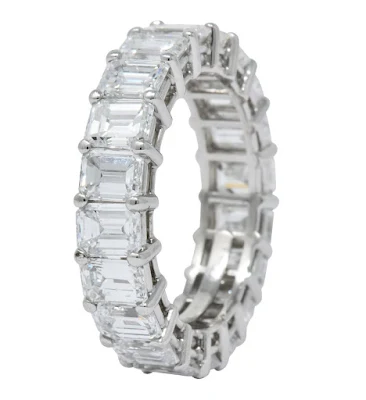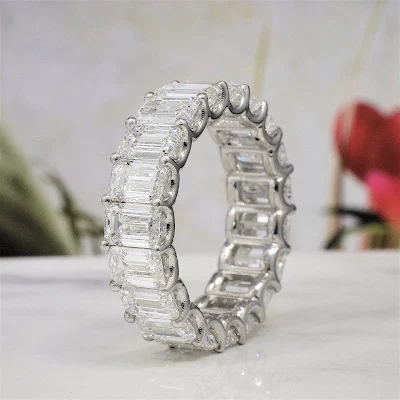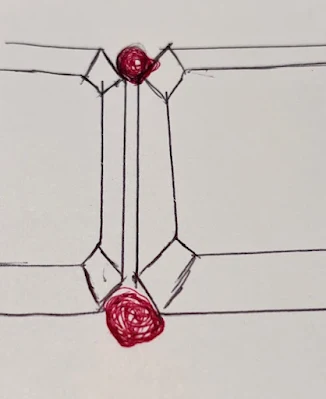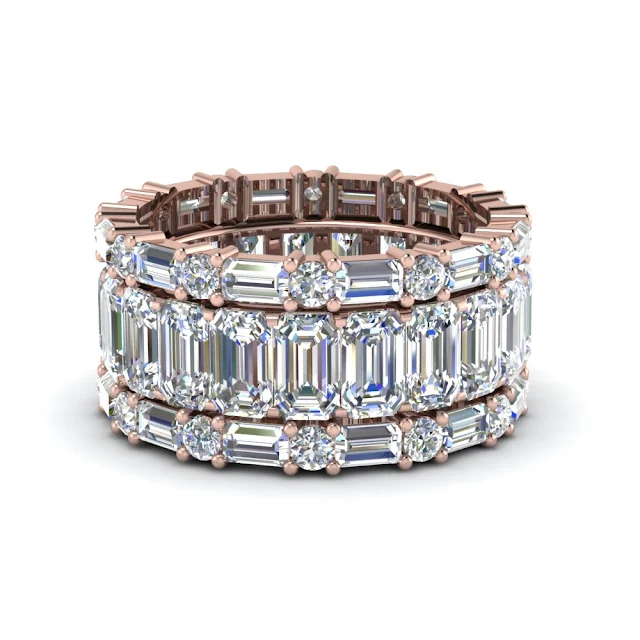In this "350th tutorial - essay", I'm going to explain the practices in setting stones that were in vogue hundreds of years ago. I will be displaying the "Crown Jewels of Iran" and "British Royal Jewellery" in this one essay there is so much to discuss.
It behooves me not to delve into the origins of aristocracy on how these royal ornaments came to be.
I don't want to examine or discuss the politics of either country. This is not what 'our blog' is all about, do you all agree with this ruling?
===================================
In the many centuries preceding our 20th century, "Raising Beads" to secure a stone" was not known back then. It was just not done, nor had the jewellers know of the technology to create 'Pave Setting' as we know of it today.
Of course, there was no "Computer Aided Designing, aka CAD" to help the jeweller to create their vast array of crowns & other ornaments.
The only method to hold any stone in place was to create metal around each and every stone. Imagine gem-setting every little stone with minute-sized bezels?
When this was first discovered, there was no 'rhyme or reason' for this very unusual gold ball. It didn't serve any purpose except to be used to have the many gemstones set into it.
This added piece of jewellery was for the 'horn of the saddle'. The sole purpose was just to be an extra adornment for the horse's saddle.
Each gemstone was set in it's own mini-bezel, these little bezels were not cleaned after setting. The jeweller just wanted the stones to stay in the metal.
These photos also show the 'poor-medium' setting qualities, as 'setting using high quality' was not the general practice.
This globe was a mere 3 feet high, it was made just to teach the 'royal' children about geography.
As you can see in this up-close photo how the quality of stone setting is. The metal was just pushed over the "Girdle" of every stone, now compare todays setting practices to back then.
This was a scabbard of the warriors' sword. It was adorned with so many gems its amazing where the warrior had any room to put his hand. As you can see is that the very large stones were mounted in claws.
This was one of the two shoulder coverings to be put on the coat for the 'royal dignitary'. In this photo, you can see the 'rough finish' on all of the stone setting, pity eh!
This is another sword covering as it is emblazoned with gemstones as there isn't any space left for another group of stones.
All the curved gemstones were 'hand-polished' just to fit into this gold emblem.
=================================================
If the new wearer of any crown in the British Monarchy had to have the crown adjusted for size. The 'royal jeweller' had to use a saw-blade to cut into the crown and remove or add a new piece of gold. You can just barely see the cutting-lines where the jeweller did his cutting.
This photo is of the famous "Culilinan Diamond" before and after it was 'cut & faceted'.
Each of these little balls are made of 24karat gold. Let's now compare the quality of workmanship to the jewellery that was made hundreds of years ago.
.jpg)
This little ball of pure gold weighs about 5 pounds of metal.
This particular crown was 'adjusted' for size just for King Charles III just before his investiture.
.jpg)









.jpg)
.jpg)
%20(1)%20(1).jpg)

.jpg)
.jpg)























